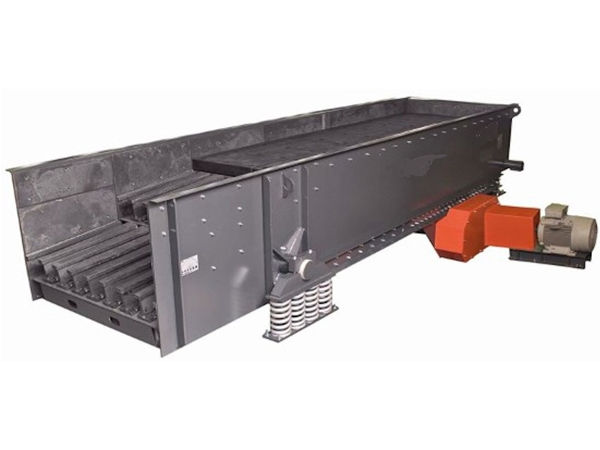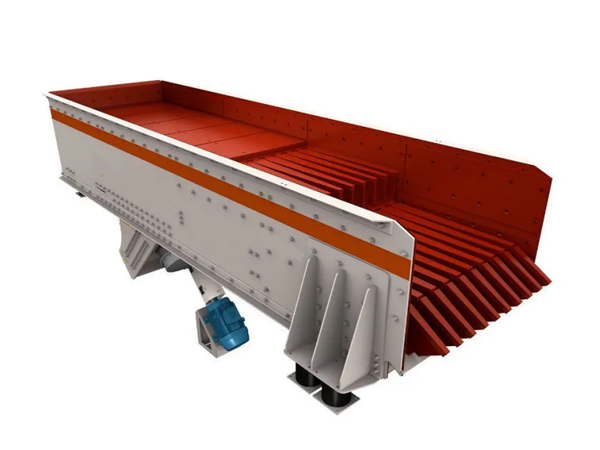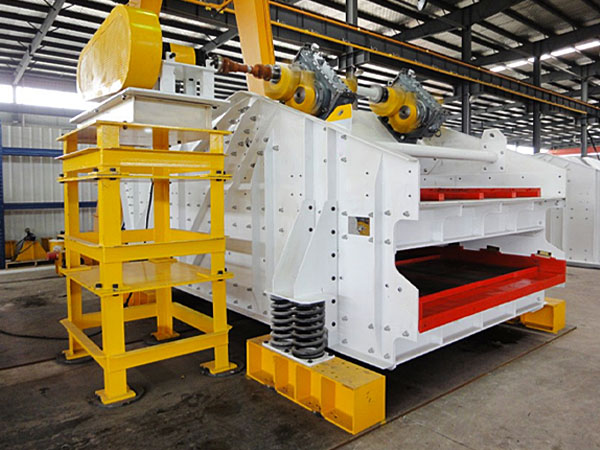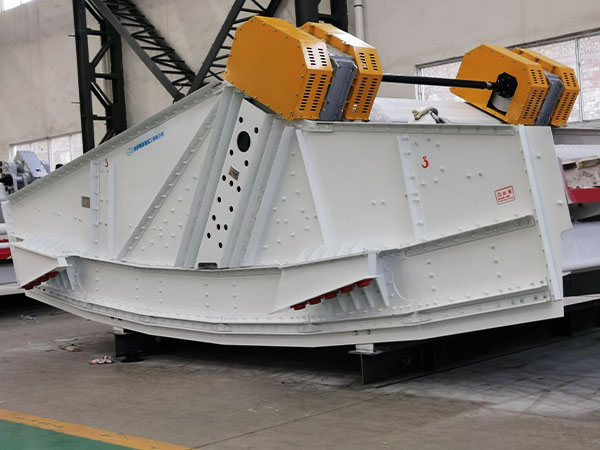What are the operating steps and precautions for vibrating screens?
In industries such as mining and coal preparation, materials need to be screened and classified before use. The vibrating screen uses mechanized vibration to classify materials according to different sizes. It has a large processing capacity and high screening efficiency, which is better than traditional manual sorting. The selection efficiency will be improved many times, and it can be said to be a “good helper” in the screening work. However, if the screen machine is used improperly, it will cause mechanical failure, short service life and other problems. In order to avoid these problems, the following Haiside vibrating screen manufacturer will introduce the operating steps and precautions of the vibrating screen.
Operating a vibrating screen involves several steps to ensure smooth and efficient operation while maintaining safety standards. Here are the typical operating steps and precautions for vibrating screens:
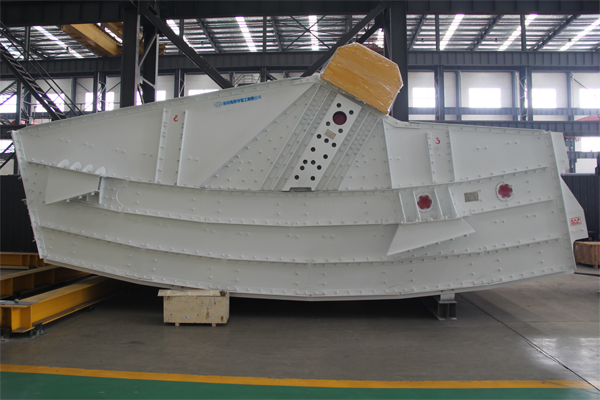
Pre-Operation Inspection:
Perform a visual inspection of the vibrating screen and its components to check for any signs of damage, wear, or loose connections.
Ensure that all safety guards, covers, and access doors are in place and securely fastened.
Verify that the screen deck is clean and free of debris or buildup that could affect performance.
Start-Up Sequence:
Turn on the power supply to the vibrating screen and any associated equipment, such as feeders or conveyors.
Allow the vibrating screen to reach its operating speed gradually to avoid excessive stress on the motor and drive system.
Monitor the screen’s operation for any abnormal vibrations, noises, or other signs of malfunction.
Adjustment of Settings:
Adjust the amplitude, frequency, and inclination of the vibrating screen to optimize performance for the specific application and material being processed.
Fine-tune the settings as needed to achieve the desired separation efficiency, throughput, and product quality.
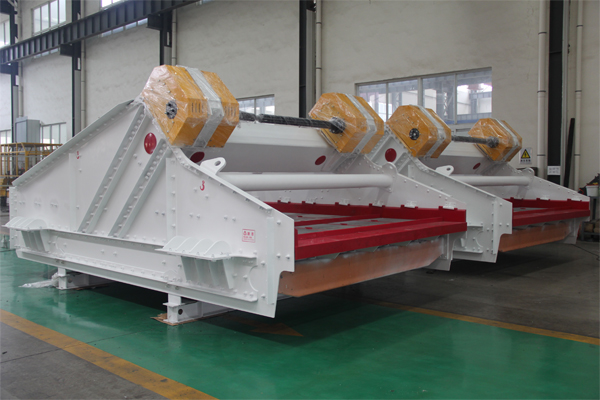
Material Feeding:
Gradually introduce the material to be screened onto the vibrating screen deck, ensuring an even distribution across the entire surface.
Avoid overloading the screen deck beyond its capacity, as this can lead to reduced efficiency, increased wear, and potential damage to the equipment.
Monitoring and Maintenance:
Regularly monitor the performance of the vibrating screen, including screening efficiency, throughput rates, and product quality.
Conduct routine maintenance tasks, such as lubrication of bearings, inspection of wear parts, and tightening of fasteners, to ensure optimal operation and prolong equipment lifespan.
Shutdown Procedure:
Gradually reduce the feed rate to the vibrating screen and allow the remaining material to be screened before shutting down the equipment.
Turn off the power supply to the vibrating screen and any associated equipment in the proper sequence to prevent damage or safety hazards.
Clean the screen deck and surrounding area to remove any residual material or debris.
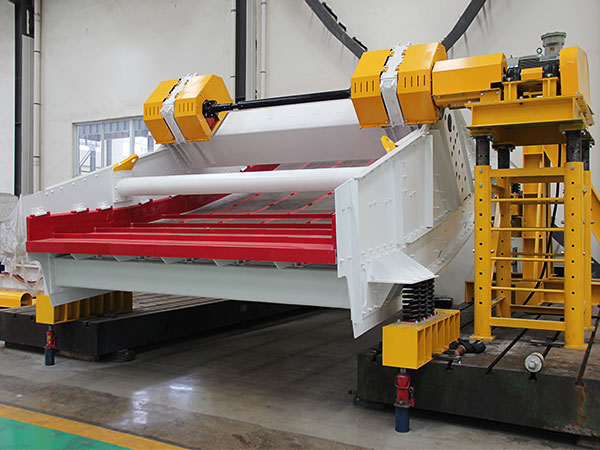
Precautions:
Always follow the manufacturer’s guidelines and operating instructions for the specific model of vibrating screen.
Ensure that all personnel are trained in the safe operation and maintenance of vibrating screens and associated equipment.
Use appropriate personal protective equipment (PPE), such as safety glasses, gloves, and hearing protection, when working with vibrating screens.
Never attempt to perform maintenance or repairs on a vibrating screen while it is in operation or connected to power.
Immediately shut down the equipment and investigate any unusual noises, vibrations, or performance issues to prevent accidents or equipment damage.
Regularly inspect and replace worn or damaged components to maintain the integrity and efficiency of the vibrating screen.
The above is an introduction to the operating steps of the vibrating screen. Everyone should follow the steps and operating procedures in daily use. Correct use and operation will help improve the working efficiency of the vibrating screen and extend the service life of the screen machine. Haiside Heavy Industry specializes in the manufacturing of vibrating screens. It has many product models, light weight and high screening efficiency. If you have any questions about vibrating screens or have purchase intentions, please contact Haiside for details~

